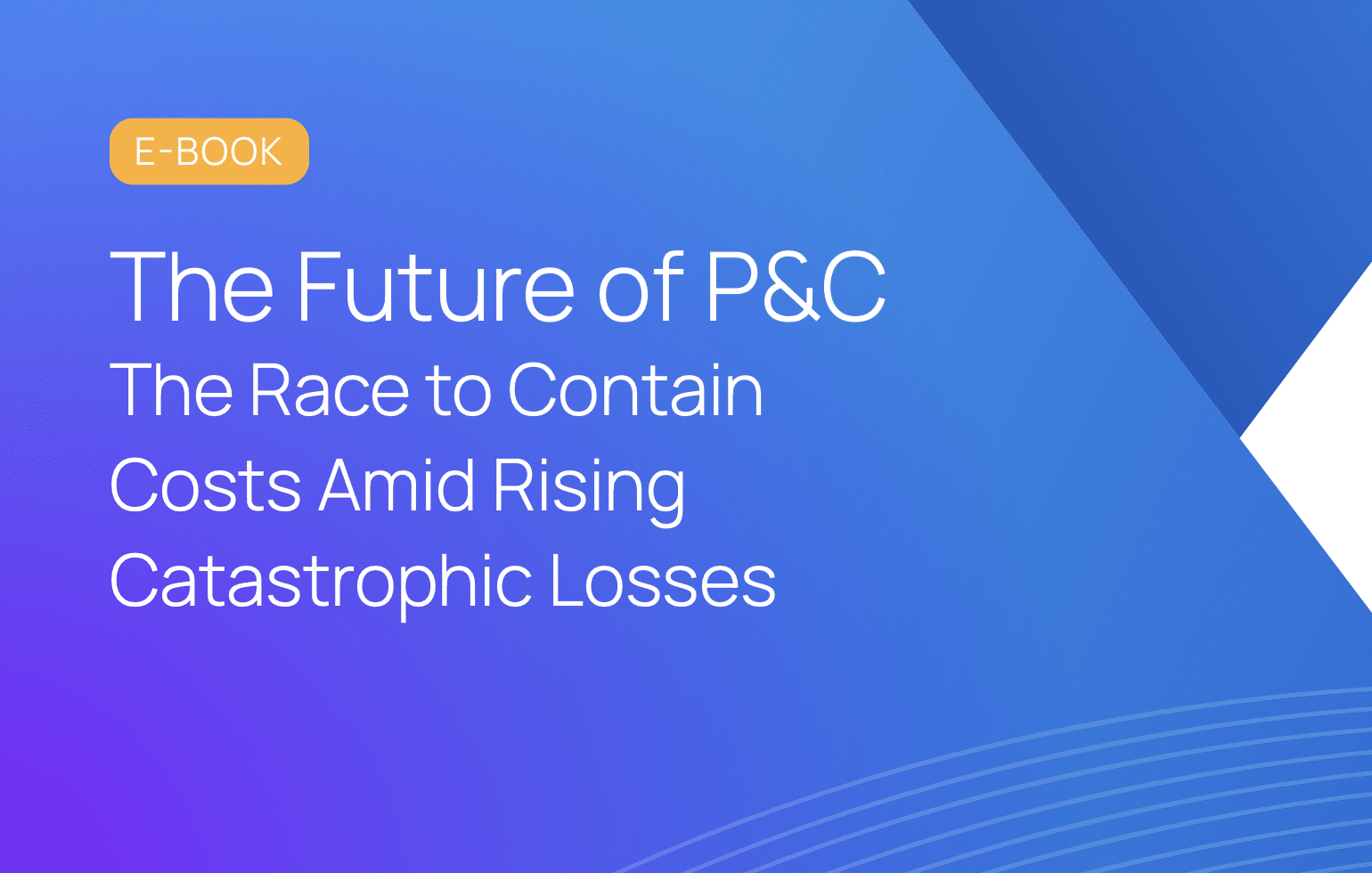

Whether you work in the insurance industry or not, it’s impossible to ignore the struggles many Americans are currently facing, specifically regarding the affordability and availability of homeowners insurance. If, somehow, you’re not aware of the situation, this statistic, uncovered in a study conducted by the Insurance Research Council pretty much sums it up:
The U.S. average expenditure on homeowners insurance increased from $508 in 2001 to $1,411 in 2021, a 5% annualized rise. In comparison, the U.S. average household income increased at only an annualized growth rate of 2.5% over the same period.
https://www.insurance-research.org/sites/default/files/news_releases/Homeowners%20Affordability%20Brief.pdf
The uptick in prices has already prompted millions of property owners to forego coverage. In just about every state, homeowners are facing rate increases so extreme they can no longer afford to renew their policies. To make matters worse, carriers are pulling out of multiple states and high-risk areas, leaving property owners with few-to-no coverage options.
What gives? There are several variables behind the unfortunate trend. And while the specific factors driving rate increases vary from state to state, it’s generally boils down to some combination of the following:
Climate risk
The growing impact of climate change plays a major role in soaring homeowners insurance prices. We’ve seen a significant increase in the frequency of natural disasters nationwide over the last two decades. These more frequent and severe events, including floods, wildfires, hurricanes, and earthquakes are causing large-scale property damage across the U.S. and insurance carriers just can’t keep up with the volume and cost of claims.
In high-risk states like California and Florida, the volume and cost of natural disaster-related claims is pushing carriers to their limit, leading some insurers to stop offering homeowners policies in these areas entirely. And while carriers aren’t exiting every state, they are increasing their rates across the board, with some states facing an increase in premiums of over 60 percent.
Rising home repair costs
If natural disasters are the peanut butter, then rising home repair costs are the jelly that makes up the homeowners insurance crisis pb&j. And when we say rising costs, we mean it. The average cost to maintain a single-family home is currently at an all-time high as inflation continues to wreak havoc on the price of well… just about everything.
When the cost of home building materials like steel, lumber, and concrete as well as the cost of labor skyrockets, so does the cost insurance companies have to pay out to make property owners whole again after a catastrophe. To avoid insolvency, carriers are forced to raise rates for all policyholders, even those who’ve never been directly impacted by a natural disaster.
Supply chain disruptions
Each day we move further and further away from the chaos that was 2020, but in many ways, the world is still feeling the impact of the pandemic. This is especially true when it comes to supply chain disruptions. Supply chain disruptions have a similar direct impact on the affordability and availability of homeowners insurance as rising repair costs do.
When supply chain disruptions cause shortages of key home-building materials, the price of available materials increases to match demand. And if you read the section above about how rising home repair costs are causing homeowners insurance rates to increase, then you can clearly see where this is going.
Ongoing migration of populations into high-risk areas
We know that certain areas like coastal cities or towns built on the edge of a forest are more susceptible to property damage from natural disasters, so wouldn’t it make sense for people to avoid moving to these high-risk areas? Maybe, but the facts paint a very different picture. Researchers have found that the U.S. population is actually increasing at a disproportionately faster rate in areas with high climate risk.
Of course, this means when a natural disaster does strike the area, more homeowners are going to be affected and insurers are going to see a lot more claims. In anticipation of this, some insurers are helping homeowners in the area prioritize risk mitigation, some are withdrawing their policy offerings to exclude these high-risk areas, and some are raising their rates.
Fraud and excessive claims
While catastrophic events can bring out the best in people, they can also bring out the worst. Disaster fraud is any deliberate act of fraud that occurs in the aftermath of a catastrophe. The weeks following a large-scale natural disaster are a beacon for bad actors looking to take advantage of the chaos. Disaster-related insurance fraud can take many forms, but one of the more common instances is inflating losses.
Just because you don’t commit insurance fraud, doesn’t mean you don’t pay for it. While you won’t face the legal actions, fines, or jail time the actual fraudster might, it’s not uncommon for insurers to make up for fraud-related losses by increasing premiums for all policyholders.
How one state is responding to the homeowners insurance crisis
There’s no sugar-coating things. The current state of homeowners insurance is bleak across the nation for both insurers and consumers. So what can we do? Each state is handling the issue differently, but let’s take a look at how insurers, consumers, and government officials are dealing with the issue in AgentSync’s home state of Colorado.
The last decade hasn’t been an easy one for insurers in the Centennial State, who’ve lost money on homeowner coverage in eight of the last ten years. And property owners are feeling the pain as they face extreme rate increases and decreased coverage options. Carole Walker, executive director of the Rocky Mountain Insurance Association, points to a number of factors driving the issue, including increased repair costs, natural disasters (most notably wildfires and hailstorms), and reinsurance market strains.
How Colorado insurers and government officials are responding
State officials have made it clear that they’re looking for a solution to ease the burden on Colorado insurers and homeowners. On May 12, 2023, Colorado Governor, Jared Polis, signed the state’s Fair Access to Insurance Requirements (FAIR) Plan into law. The FAIR Plan offers homeowners access to insurance when they’ve been refused coverage by standard insurance companies. The goal of the FAIR Plan is to take some of the strain off standard carriers in the state, and Coloradans can begin opting into the plan in early 2025. However, to qualify for the FAIR Plan, a Colorado homeowner must have been refused coverage by at least three standard insurance carriers.
What can Colorado homeowners do in the meantime?
Until they have access to FAIR Plan policies, Colorado homeowners are encouraged to shop around for the best price available and to budget more for policy increases. Insurers in the state recommend increasing mitigation efforts like home hardening against wildfire and hailstorm dangers.
Unfortunately, besides home hardening and waiting around for access to the FAIR Plan, there isn’t a whole lot that can be done. It seems Walker summed it up best when she said, “I hate to say it, but we all likely need to adjust to higher premiums over the long term.”
As Coloradans and homeowners across the country continue to grapple with the homeowners insurance availability and affordability crisis, count on AgentSync to bring you up-to-date information and regulatory changes. If you’re a carrier looking to save money wherever you can in the current hard market conditions, talk to one of our experts about reducing costs with a modern producer licensing and compliance management solution.

